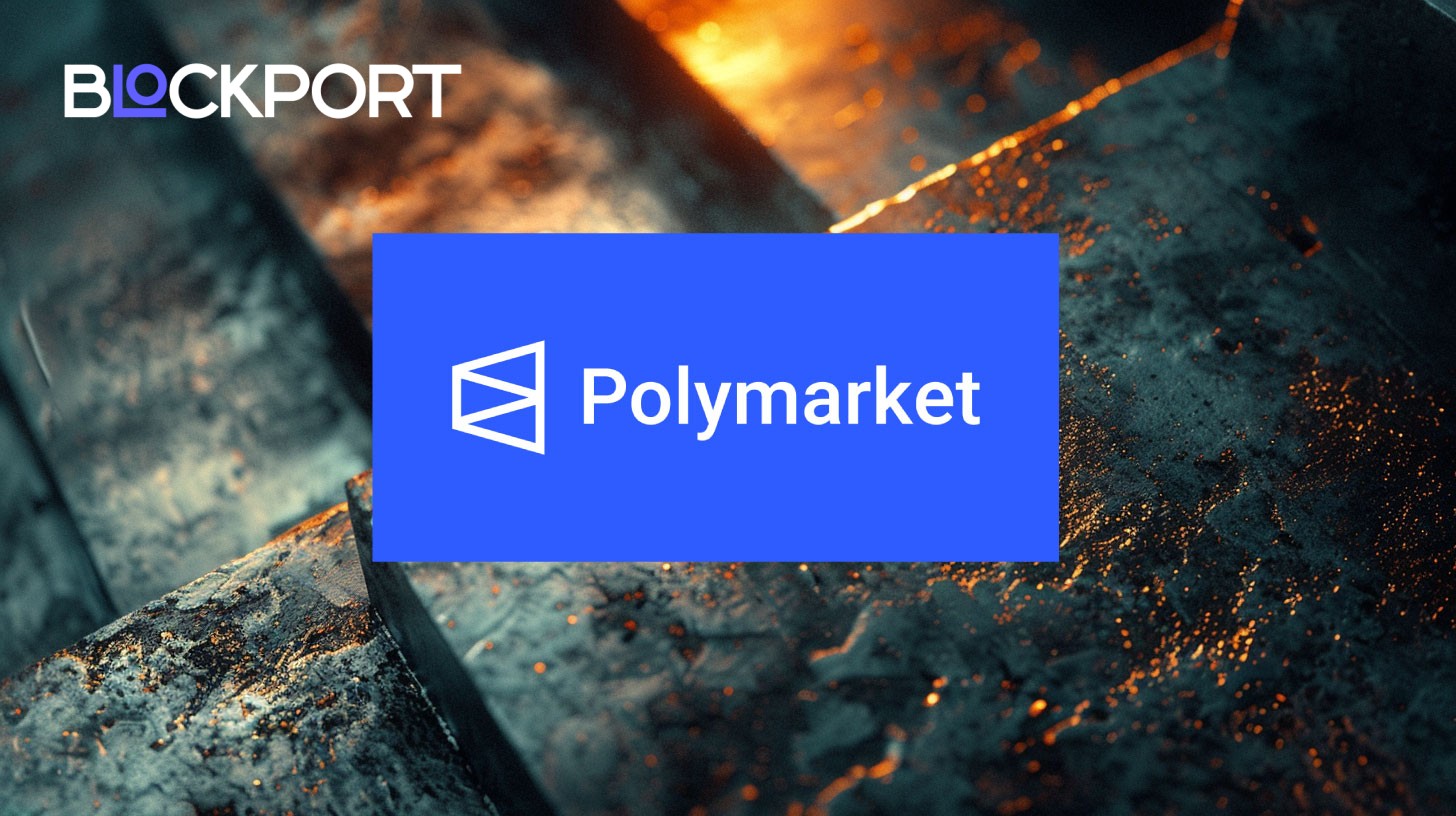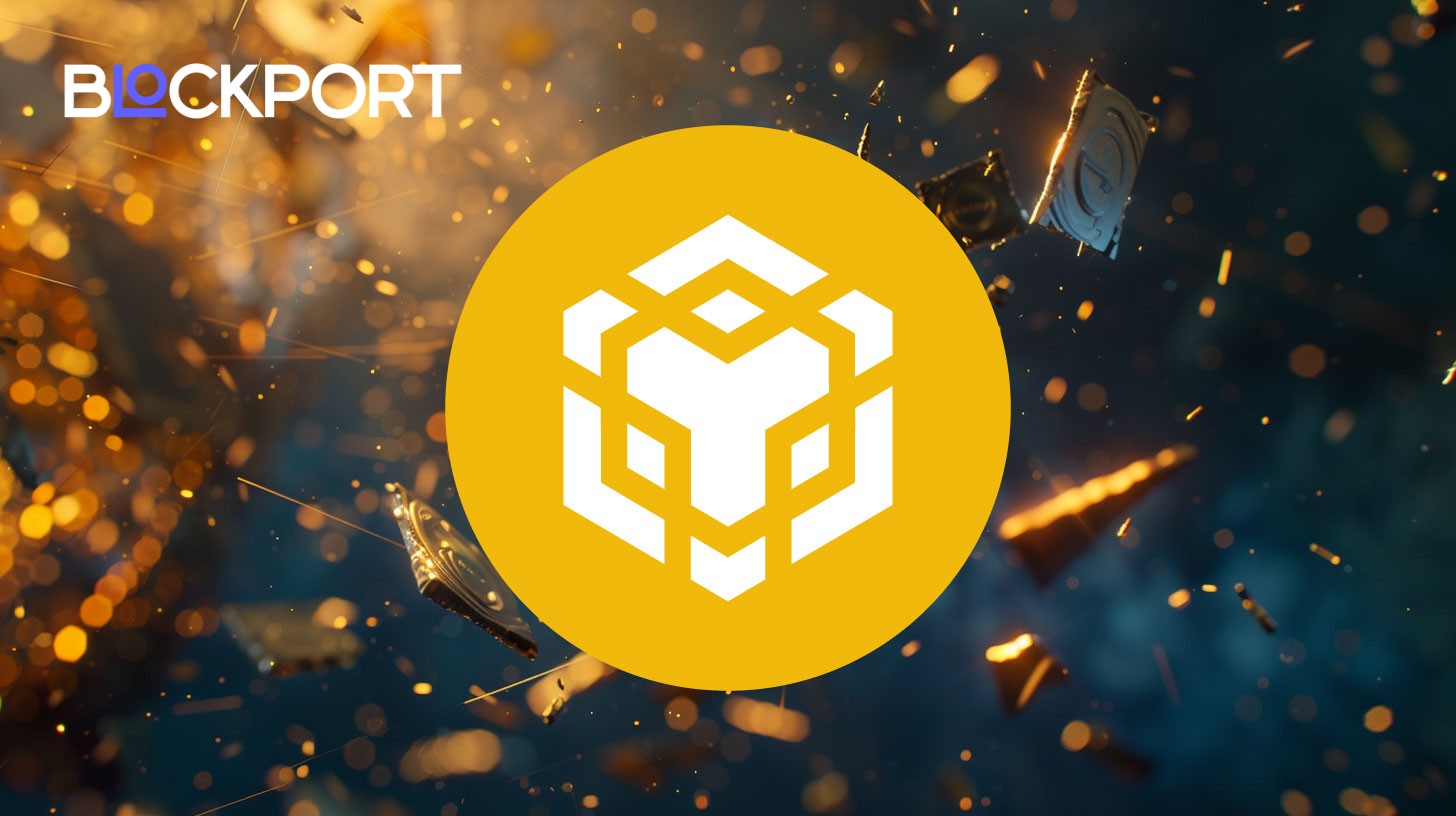Which Banks Lead Blockchain Investments? Citigroup, JPMorgan, Goldman Sachs

From 2020 to 2024, TradFi giants backed 345 blockchain rounds, investing over $100 billion; Citi and Goldman Sachs each closed 18 deals, JPMorgan followed with 15.
TradFi banks made 345 blockchain bets from 2020 to 2024, pouring over $100 billion into startups. Citigroup and Goldman Sachs led with 18 investments each, while JPMorgan Chase followed with 15.
Blockchain Investment Trends in TradFi
Between 2020 and 2024, global banks stepped up their blockchain stake. They joined 345 funding rounds. Together, TradFi players committed more than $100 billion to blockchain firms. This funding wave marks a shift from small pilots to full-scale financial backing.
Citigroup and Goldman Sachs stood out. Each closed 18 blockchain deals. JPMorgan Chase and Japan’s MUFG followed with 15 deals each. Most investments targeted early-stage startups focused on tokenization, custody and payment solutions.
Global Systemically Important Banks (G-SIBs) drove 106 of these deals. Fourteen qualified as mega-rounds worth over $100 million each. These big investments signal confidence in blockchain’s growth potential.
Notable investments include Brazil’s CloudWalk, which raised over $750 million in two rounds backed by Banco Itaú among others. Germany’s Solaris secured $100 million+ from SBI Group before its majority acquisition. Such successes show real-world blockchain value.
Regulators moved in step. The U.S. passed the GENIUS Act to guide stablecoins. The EU rolled out Markets in Crypto-Assets (MiCA). Both frameworks aim to bring clarity and spur more bank involvement.
Banks also back stablecoins. In Q1 2025, stablecoin volumes hit $650–700 billion per month. More TradFi players began issuing their own tokens for programmable money without volatility risk.
Related: End of Crypto’s Wild West? U.S. Senate Finally Finds the Regulatory Formula
What’s Next for Banks and Blockchain
Banks now shift from watchers to builders. They aim at infrastructure and tokenized assets. Many plan dedicated blockchain units. They see opportunity in cross-border payments and asset tokenization.
Citigroup launched its Citi Token Services for real-time transfers. JPMorgan scales its JPM Coin for wholesale payments. Goldman Sachs studies internal token models. Bank of America and Morgan Stanley remain in evaluation mode but plan to act soon.A Ripple survey found 90% of finance leaders expect blockchain to have a massive impact within three years. That belief fuels more deals and R&D budgets.
Some banks form consortia like Zelle for stablecoin payments. They hope to match fintech speed with trusted networks. Can these alliances undercut pure-play crypto rivals? Time will tell.
Tokenized real-world assets could top $18 trillion by 2033 at a 53% CAGR. Banks want a slice of that market via equity, debt and commodity tokens.
Still, worries remain. Compliance teams are concerned about new rules. Legacy IT needs to adapt to blockchain rails. Firms that move too fast could burn resources or run afoul of regulators.
TradFi Convergence in Web3 Sphere
Traditional banks now lead in blockchain funding. They back startups, stablecoins and tokenization projects with real capital. Big names – Citi, JPMorgan, Goldman Sachs – set the pace for the next wave of digital finance.
Clear rules from MiCA and the GENIUS Act ease that journey. Banks ready with token platforms and consortia stand to gain. But they need to balance innovation with robust compliance and risk controls.
Web3 enthusiasts should watch how these banks deploy blockchain, from real-time payments to tokenized assets. The winners will blend legacy strength with lightweight, programmable finance. Over the next three years, that mix could reshape global banking.
Content on BlockPort is provided for informational purposes only and does not constitute financial guidance.
We strive to ensure the accuracy and relevance of the information we share, but we do not guarantee that all content is complete, error-free, or up to date. BlockPort disclaims any liability for losses, mistakes, or actions taken based on the material found on this site.
Always conduct your own research before making financial decisions and consider consulting with a licensed advisor.
For further details, please review our Terms of Use, Privacy Policy, and Disclaimer.



























